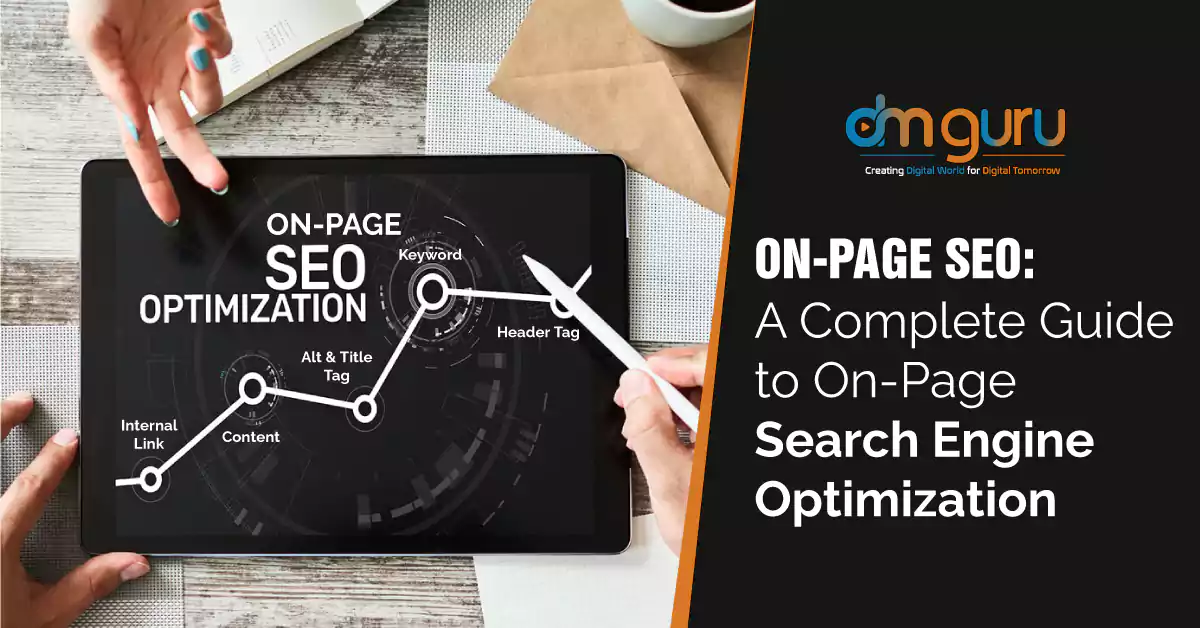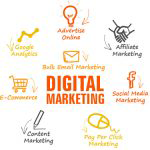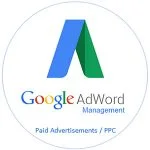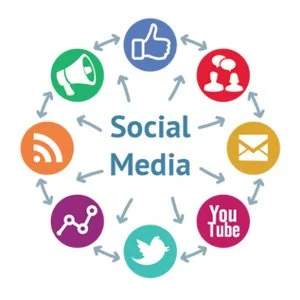On-Page SEO: A Complete Guide To On-Page Search Engine Optimization

Google’s organic search algorithm includes a different set of on-page SEO factors. On-page SEO, when combined with high-quality content, becomes a proven formula for higher SERPs. On-page SEO starts with keywords and includes the entire web page, from headers to title tags, structured data, image optimization, and others.
On-page SEO is intended to make your content Google-friendly and easy to understand. The better Google understands your content; get in SERPs, and organic traffic, and generate revenue. Apart from this, an on-page SEO-optimized page also improves the user experience because of its better readability.
What Do You Mean By On-Page SEO
On-page SEO is all about optimizing web pages for target keywords to improve visibility and organic traffic. It also includes aligning title tags, headings, subheadings, content, internal linking, and keyword placement.
Effective on-page optimization helps you achieve immediate ranking goals. The opposite for off-page SEO, includes interlinking and social media mentions. It’s nothing but a tactic to align all the structural elements on a web page.
The Importance Of On-Page SEO
Google's search algorithms are constantly changing, and they have been updated over 5000 times to date. More than 800,000 changes have already been made, and still, it isn’t perfect. Google still needs help understanding, and this is where on-page SEO comes in to simplify web page content.
A handful of ranking factors are aligned with on-page SEO to create an extraordinary user experience. There are no standard or universally accepted elements of on-page SEO. But, there is a simple step-to-step guide to tick almost all the bases required for on-page optimization.
On The Go Elements Of On-Page SEO
Technical search engine optimization
Content optimization
Internal linking and structure
The technological components that can be optimized are:
Server performance-Search engines include website speed as part of their ranking factors. Improving server response times is an important aspect of on-page SEO.
Source code-Improved website performance can be aided by efficient source code. To make it easy for the Google bot to index the site, unnecessary functionalities or codes can be deleted or other aspects combined.
IP addresses- These can be used to determine whether you have a bad neighborhood problem. Each online website should have its own IP address to tell Google and other search engines that your website is unique.
In this context, the on-screen elements like texts, and images are optimized along with invisible elements like Meta descriptions, and alt-tags.
Text- text optimization is applied as per the required keyword density. In this way, you can present the most relevant and user-friendly content on the web page. So, optimize text not only for search engines, as you have to also make it user-intentioned.
Structural texts- it includes the use of subheadings, bullet points, bolding and capitalizing particular words and paragraphs.
Meta-tags and Meta descriptions- these two are also linked with the ranking factors. The keywords must be used in the Meta tags and description along with used in the content.
Internal linking can be a guide for Google bots that navigate users. The focus is to provide a path to a bot that is able to reach easily and crawl sub-pages.
Internal links: In this, the link is distributed around the domain that enhances the relevance of the keyword and the sub-page. A structured sitemap is always a top practice for on-page SEO and helps users navigate the particular page.
URL- Making a considerable length of search engine favored URLs is always in consideration. It should be well optimized, with no need for changes when optimizing content.
Web page design
Web design can increase the functionality of the web page by simplifying the complex graphics. It can also be used with JavaScript applications in the same way.
Mobile optimization: making a website mobile-friendly is one of the most important on-page SEO practices because it can be viewed on Smartphone’s and tablets.
File Sizes- the graphic designers should keep file sizes as small as possible so that they increase the page loading time. Using too large graphics and images can slow down the page loading on the web.
To Make A Long Story Short
On-page optimization plays one of the major roles in search engine ranking factors. So, learning on-page SEO is one of the best things to keep in mind to get better SERPs. Always remember that on-page SEO matters, and helps to get better search engine rankings. Explore the best SEO Training Institute in Gurgaon to learn more and be better.
About This Page
social media reputation, Online Reputation Management, social media reputation management tools , how social media can ruin your reputation, What is social reputation?, personal social media reputation, check your social media reputation

Author Sachin Gupta - Digital Marketing Consultant
Website: www.sachingupta.in
Read More: About Sachin Gupta








